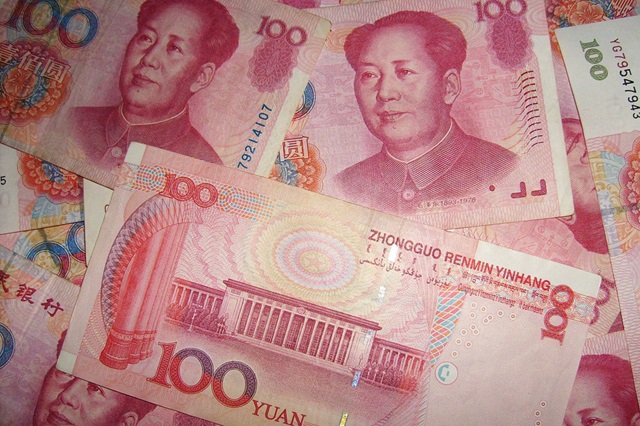Our Terms & Conditions | Our Privacy Policy
Yuan Secures Fourth Spot in Global Payments – Sri Lanka Guardian
The use of the Chinese yuan (RMB) accounted for 3.75% of global payments in December, maintaining its position as the fourth most active currency worldwide, according to data released by the Society for Worldwide Interbank Financial Telecommunication (SWIFT) on Thursday. This figure slightly declined from November’s 3.89% but highlights the steady progress of the yuan’s internationalization.
The yuan’s consistent ranking as the fourth most active currency—except for two months in 2024 when it briefly ceded the spot to the yen—underscores its growing appeal in global trade and financial transactions. In December, the value of yuan payments rose by 3.6% compared to November, although the overall growth in global payment values across currencies was 7.5%.
According to Global Times, a Beijing-based daily newspaper, analysts credit the yuan’s rising prominence to a combination of factors, including China’s robust economic growth and increased use of the yuan in international trade settlements.
Trailing the US dollar (49% share), euro (21.74%), and British pound (6.94%), the yuan’s position reflects its growing importance in global finance. Chinese analysts predict that the yuan could become the world’s third most active currency in the near future, citing its accelerating use in international trade over the past decade.
Xi Junyang, a professor at the Shanghai University of Finance and Economics, noted that while short-term fluctuations in the yuan’s share and ranking are to be expected, the long-term trend points toward a significant increase in its global adoption.
The People’s Bank of China (PBC) and the State Administration of Foreign Exchange have committed to stabilizing the yuan’s exchange rate at a reasonable and balanced level. Earlier this month, the PBC reiterated its focus on stabilizing expectations, enhancing resilience, and strengthening management of the foreign exchange market.
Despite recent weakening trends against the US dollar, measures to stabilize the yuan have eased the downward pressure. Analysts believe these steps, combined with increased demand for yuan-based transactions, treasury management, and investment activities, will drive the yuan’s continued internationalization.
As more Chinese companies expand overseas, the yuan is poised to benefit from its integration into global supply chains and investment activities. Analysts suggest that the yuan’s growing role in sectors like treasury management and risk mitigation will further solidify its position in global markets.
Images are for reference only.Images and contents gathered automatic from google or 3rd party sources.All rights on the images and contents are with their legal original owners.



Comments are closed.